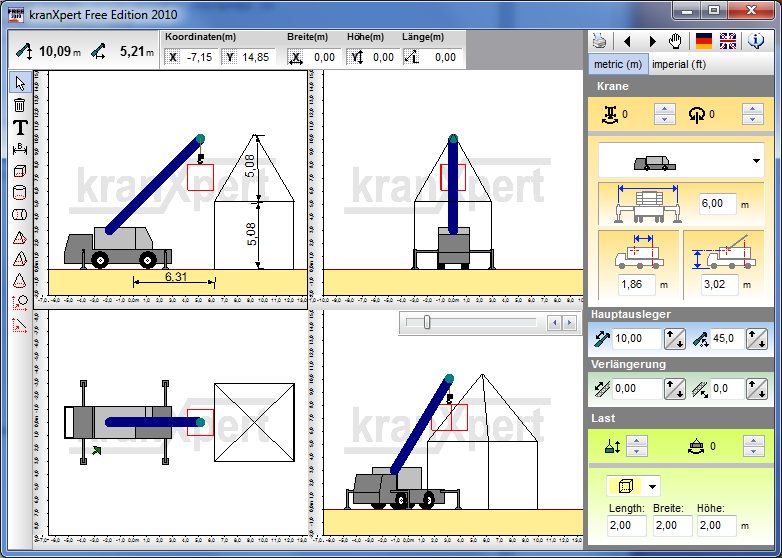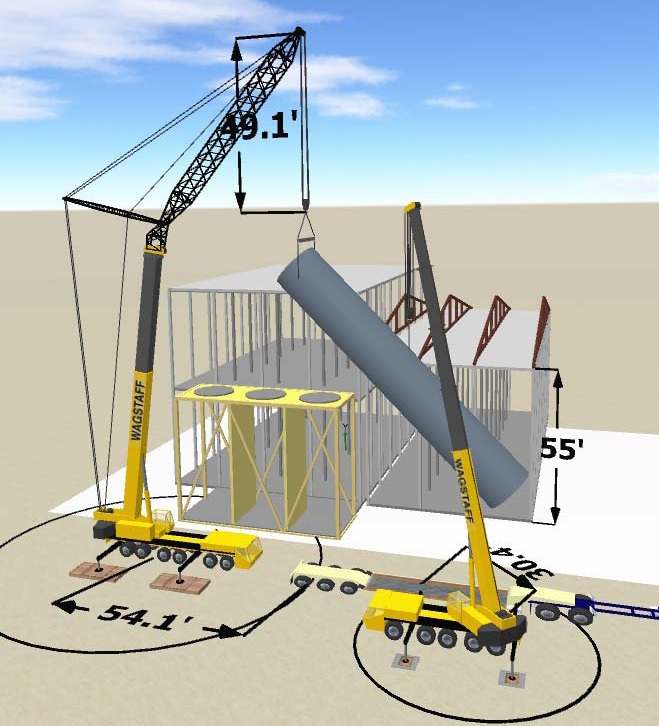

Here are some of the general parts of a crane:īoom: This is the long, horizontal arm of the crane that is used to lift and move heavy loads. They are often used in shipyards or to move containers.Įach type of crane has its own advantages and disadvantages, and the choice of crane will depend on the specific requirements of the construction site and the lifting task at hand. Gantry cranes: These cranes are similar to overhead cranes, but they have legs that support them instead of being mounted on rails or beams. They are commonly used in manufacturing and warehouse environments. Overhead cranes: These cranes are mounted on rails or beams and are used to move heavy loads horizontally along the length of the rail. They are typically used for heavy lifting tasks and have a wide range of motion. They have large, wide wheels and are often used in off-road construction sites.Ĭrawler cranes: These cranes have tracks instead of wheels and can be used on soft ground or in areas where a wheeled vehicle might get stuck. Rough terrain cranes: As the name suggests, these cranes are designed for use on rough and uneven terrain. They are typically used for heavy lifting tasks and have a telescopic boom that can extend to great heights. Mobile cranes: These cranes are mounted on wheeled vehicles or tracks and can be easily moved around the construction site. They have a long horizontal arm (jib) that can be raised and lowered, and a counterweight to provide stability. Tower cranes: These are tall, stationary cranes that are typically used in the construction of high-rise buildings. Here are some of the most common types of cranes used in construction:

There are various types of cranes used at construction sites, each with its unique features and capabilities. What are some common causes of crane accidents, and how can they be prevented?.



 0 kommentar(er)
0 kommentar(er)
